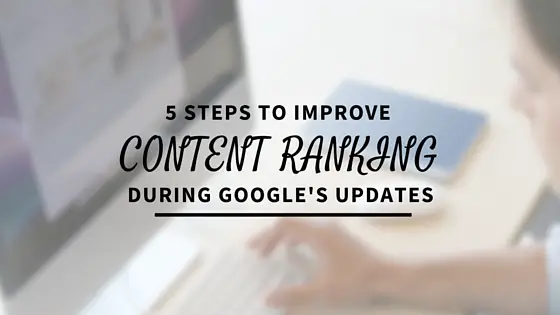In correlation with Google’s newest algorithm update–and, generally speaking, push to make more sites mobile-friendly–Shweiki Media teams up with Alicia Lawrence, content coordinator for WebpageFX, to present a webinar featuring an interview with Internet marketer and mobile expert, Jason Ruhl, on how one can ensure they have a mobile-friendly site.
New Google Update: April 21st
April 21st marks the date of Google’s new algorithm update, which shows more mobile-friendly websites in search results and more favor to those with a mobile-friendly tag on their mobile site. There are three notable items about this impending Google update:
- This will be the largest Google update ever in terms of the amount of searches it will impact.
- Rather than announce the update out of the blue, Google has been extremely transparent with it, giving the public about two months to prepare.
- If one has a website and a couple of pages are mobile-friendly but the majority of the website is not, then only those pages that are mobile-friendly are going to see the benefit of this update.
How To Determine if a Website is Mobile-Friendly:
- The Google mobile phone tool allows users to determine whether their site is mobile-friendly in a matter of minutes, and if it isn’t, the tool notifies the user of what needs to be improved.
- Website owners can also do a brand search for the name of their company or website online. If they see a tag next to the search result that says mobile-friendly, then Google recognizes their site as being mobile-friendly. If there is no tag next to the search result, then that means the site needs to be updated. It’s important to note that the tag will be seen on a mobile device but not necessarily on a desktop when searching.
- If one has webmaster tools, Google has a mobile usability test within the webmaster tools console.
- Website owners can also perform a simple eye test, which involves visiting one’s site on a mobile phone and scroll to see if the text is too small and if one has to scroll left and right to read all the content. If someone has to do either of these two things, then it is time for a mobile update.
Responsive Site vs. Mobile Site
A responsive site is a single site designed for use on desktops, tablets and smartphones, meaning it has the same URL for everything. A mobile-specific site is a separate site with new pages that is created solely for a mobile phone and is designed completely separate from a website meant for a desktop.
For those unsure about which site they should choose, Google actually recommends a responsive site over any other site. At WebpageFX, they build responsive sites for their clients because they are long-term and the easiest to maintain. If one does not have the budget for a responsive site, then one can still have a separate mobile site. There are two things to consider when maintaining a mobile site: First, it is a completely different website someone will have to maintain in addition to the desktop site. Second, it requires someone who is SEO-savvy to go in and set up the technical SEO items that come with a mobile site.
How do Mobile Users Search Differently than Desktop Users?
Mobile users search differently from desktop users in several different ways:
- Mobile users search more often with local intent. This means that when people are out and about and they search for a local pizza or coffee shop, they are normally searching from their phone.
- A mobile user is less likely to type in a long search query. They like to use a predictive search or type in a couple of words, rather than typing a long paragraph with their phone.
- People who research items on their mobile phones normally want to buy something in the future and not right at that moment. Oftentimes, someone will visit a website initially on their mobile device and then come back on their desktop to make a purchase.
Common Pitfalls People Encounter When Creating Mobile-Friendly Sites
Some common pitfalls are the technical side. For example, sometimes a video does not display on an iPhone or pop-ups created for a desktop site don’t really work on a mobile device. It is important that these types of technical items are not implemented on the mobile version of the website because technical issues could really ruin a user’s experience.
It’s also important to never ignore a page feed. Frequently someone will launch a mobile version of their site and it will look right, but it may not load within the first couple seconds. If it does not load right away, often people will not go all the way to the site because they don’t have the patience to wait for it.
Also, one should never ignore the technical SEO. If one does have a separate mobile site, it’s importnat to make sure that the SEO is there so that one does not have faulty redirects or content errors.
TWEETABLE FACTS:







